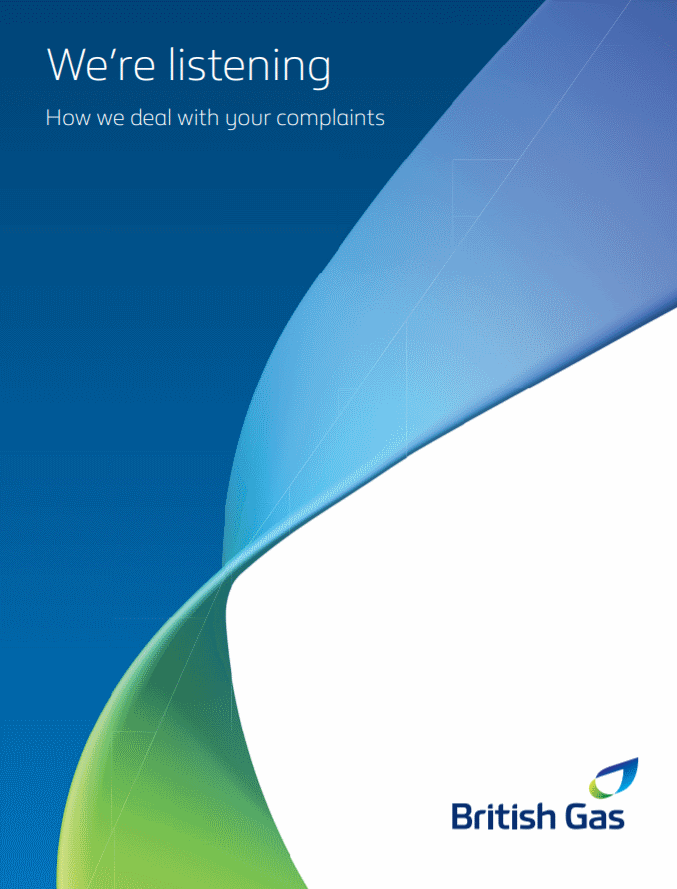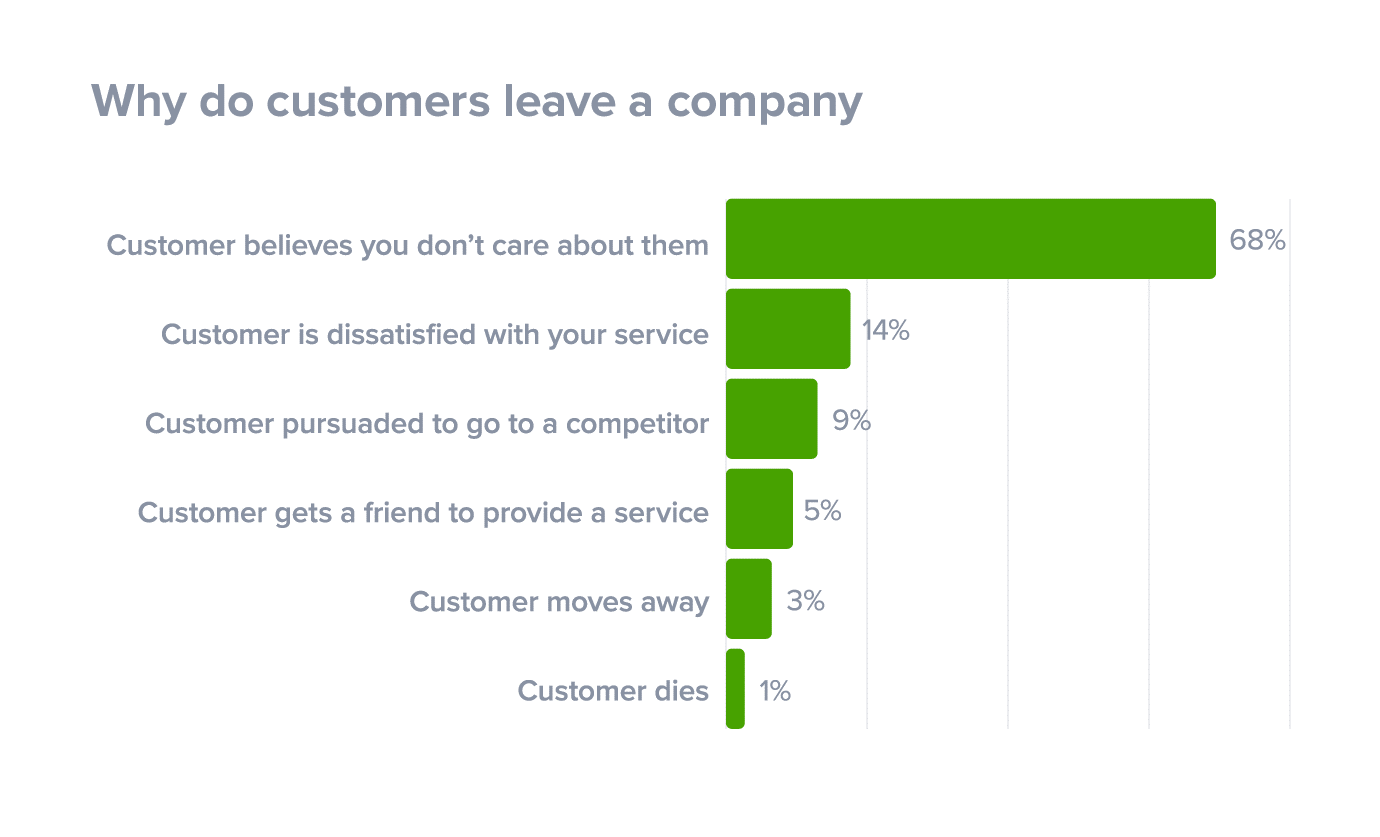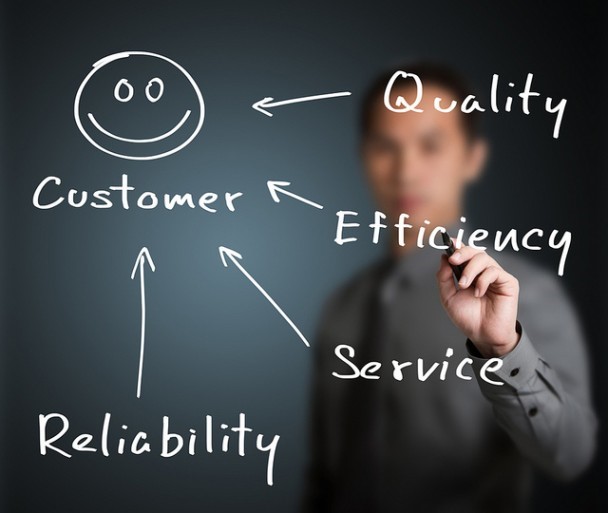The Customer Experience Fork In The Road
Your customer experience could still be letting customers down. Businesses need to invest in technology that enables them to better manage their customer journey.

Managing your Customer Journey
By Ian Moyse, Cloud Industry Influencer
Who would have thought that in 2019, with all the technological evolutions we have already lived through in the past 10-15 years, from Cloud Computing, Smartphones, Social Media, Drones, Big Data, Virtual Reality (VR), Artificial Intelligence (AI) and the Internet Of Things (IOT), that customer experience could still be slow, put work on the customers shoulders and often let customers down.
Have we all not got fed up of invoking a request via whatever channel (chat, email, web form, social media or phone) to find a non-response or at best a poor and slow one. Been in a call queue recently, got through to find the wrong person, who is not informed despite you having spoken to their colleague only hours before; to have to go through the whole story again?
Customer Experience Perception
Take a recent experience of my own involving British Gas, where upon being let down on a maintenance agreement and requesting to lodge a complaint, I entered into their process to be told the complaints team would get back to me within 8, yes 8 weeks! So, a customer who is clearly not satisfied and is requesting it to be dealt with is then put into an 8 week delay cycle, how does that address their complaint?
Give them confidence that you care as a company for their business. My immediate thoughts were 1 of 3 things; either they were so inundated with complaints that this was the backlog; or they simply didn’t care about that department so understaffed it and hence a similar effect; or the biggie being that they hoped that this would diffuse a portion of clients who would either forget to re-engage or by the time it came around would not care or forget what it was about. None of which are acceptable approaches!

When raising complaints, the common average I get from speaking to others is that you are informed via email or web response that your enquiry will be dealt within 10 or 14 days. Is it no wonder that many resort to the phone to request resolution?
It is easy for a company to fob you off electronically, to defer, delay or perhaps hope your complaint goes away. If like me when you get these messages you also deliberate on whether they will come back to you (I always now create a diary event with the details to ensure it prompts me when they have missed their SLA and I should be chasing – usually with a phone call as they have now let me down again!).
Complaint Escalation
Is it too much to ask that once I am a ‘let down’ customer, a complainer, that I get to engage and have it at least considered, if not resolved, quickly. Are businesses that short staffed or that plagued with complaints that they need this buffer? Is it not a complaining customer that is one you need to deal with quickly to diffuse and stop the spread? The longer it goes on the harder it gets to recover and the more effort and cost to your business!
33% say they’ll consider switching companies after just a single instance of poor service. – Source: American Express Customer Service Barometer 2017
For every customer who complains, there are 26 customers who don’t say anything. – Source: Lee Resources International
Customers tell an average of 15 people about a poor service experience, versus the 11 people they’ll tell about a good experience. – Source: American Express Customer Service Barometer 2017
82% of customers have left a company because of a bad customer service experience. – Source: Rightnow

Managing Churn through Customer Experience
Customer churn is costly and yet customers who have a problem and find its handling is professional and fast, often come back and increase spend, knowing with confidence they can trust this provider and are thus happy to put more into that bucket.
Too often such customer issues are responded to too slowly if at all. They benefit from the personal touch, an email complaint will often be dealt with on email only, which if works and resolves quickly can be okay, but consider offering a phone call to speak. It is easy for the customer’s true demeanour to be misconstrued on email and you do not get the tonality and feel for the customer (nor they you) over electronic means. Arranging a time to actually ‘speak’ makes it a real engagement. Getting them engaged with a ‘real’ person will often diffuse the situation far quicker and makes the customer feel loved that they got ‘real’ attention.

Poor service and the feeling of a business that does not care are the top reasons for churning customers. Something in your own control, not something caused by competitors!
Customers who cancelled because of price are more likely to come back than those who left because of poor service. – Source: Georgia State University Study
70% of customers leave a company because of poor service, which is usually attributed to a salesperson. – Source: Peppers & Rogers Group
67% of customer churn is preventable if the customer issue was resolved at the first engagement. – Source: ThinkJar Survey
CRM Technology to Support Customer Service
Businesses need to invest in technology that enables them to better serve the customer, be it a new or existing one and whether it be a complaint or not! Conversations with the customer regardless of channel, need to be captured and easily accessible and viewable at any point of a new or repeated engagement.
We need to empower those serving the customer to do so effectively in an informed manner, whatever you call that system (usually a CRM) what matters is how it enables a better experience for both the customer and also your agent, support or sales person. If you enable your own team to serve easier, quicker and in a more informed manner, the customer will be more receptive and the ‘conversation’ will be more productive and conducive to both parties.

Tech for Service or Cost-Cutting?
We hear all the time of wonderous new technology such as AI, VR, Chatbots and the like, that take us further from customers, pushing customers to self-serve and to not engaging with us as a personal brand, but a faceless automaton. In shops we are forced to self-serve, to in effect work for the shop in scanning our own goods, paying and packing without any payback, be it that the promise is faster service! All positioned as aiding the customer, not a mention of the cost savings in labour to the retailer.
Yet when something does not work, when a customer feels they need help (rightly or wrongly), the customer perception of service is what is real to that individual. And if here you cut corners and let them down, they will churn and pass that ill feeling onto others to influence their possible churn or not coming to you in the first place.
Service Personalisation
Technology alone is not the fix to better customer experience. The age-old adage of people, process and technology remains true. For example, setup live-chat on your website and have no people trained or available to use it and the tech falls down in its value.
Us as customers are increasingly fickle. Loyalty quickly wains away when new world approaches and entrants are on offer – ask Blockbuster, Toys R’ Us, Taxi Drivers fighting UBER and we could go on. Add to this dissatisfaction in service and it can only stimulate customers receptiveness to change and looking around. We expect to be served with personalisation and for the server to know about us, to know that we called yesterday, what we spoke about, etc.
Customers today want and expect service and, when needed, personal service and engagement with a human. Have you ever tried phoning your own company to find out the process as a customer? Maybe you should Personal Shop inwardly?
45% of customers withdrew their negative evaluation of a company in light of an apology, whereas only 23% of customers withdrew their negative evaluation in return for compensation. – Source: Nottingham School of Economics

Test Drive your Customer Journey
Find out now how your customers journey is? Is it smooth, fast to get to the destination and without traffic jams, diversions and frustration? Or do you make them want to turn back to take a different route and regret ever setting out on this journey?
To serve today’s customer with their modern expectations takes some work. Consider your own experience as the customer in every day life! What frustrates you? Who delights you and why? How and what can you replicate on the scale your business allows. What tools would help support this, what needs to change? What is the end outcome and the journey stages you can take to work towards this in meaningful steps rather than trying to boil the ocean.
Aspire to be an Amazon or Uber, but be realistic about your resources, funds and do not overbuy into tech solving it all for you out of the box. Most of all put yourself in the shoes of ‘YOUR’ customer now and at repeated stages to understand what you are truly like from the outside, not only relying on your internal perceptions of beliefs which are biased towards goodness!
Really Simple Systems is now Spotler CRM
The same great technology, a CRM platform that is focused on the needs of B2B marketers, provided by the same great team, at a great price!